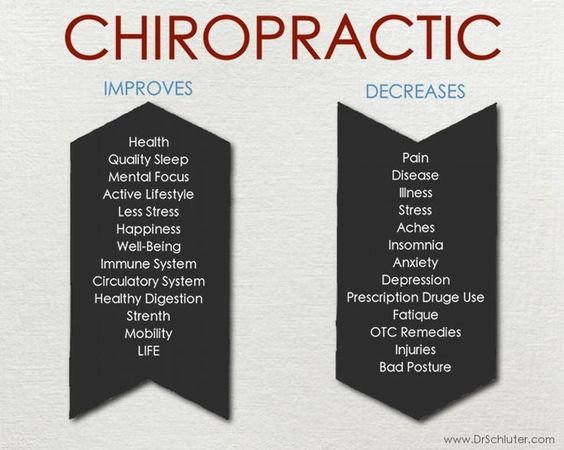Comprehending Nourishment'S Function In Back Pain Management: Beneficial Foods And Foods To Stay Clear Of
Comprehending Nourishment'S Function In Back Pain Management: Beneficial Foods And Foods To Stay Clear Of
Blog Article
Uploaded By-Livingston Nicolajsen
When it comes to managing your pain in the back, the food options you make can substantially influence exactly how you feel every day. Picture being able to ease your pain just by adjusting what you eat. By understanding the function of nourishment in pain in the back administration and knowing which foods to include or steer clear of, you can take positive steps towards a much healthier and much more comfy way of living. The link between nutrition and back health is more profound than you might realize-- let's check out exactly how specific foods can either calm or intensify your pain in the back.
Importance of Nutrition in Pain In The Back
Nutrition plays an important role in handling neck and back pain. Your diet regimen can dramatically influence inflammation degrees and general pain degrees in your back. Eating intense lower back pain balanced diet abundant in nutrients like vitamins D and K, calcium, magnesium, and omega-3 fatty acids can help reduce swelling and enhance bones, which are crucial for back wellness.
In addition, keeping a healthy weight through correct nourishment can minimize stress and anxiety on your back, minimizing the risk of back pain.
Furthermore, particular nutrients like anti-oxidants located in vegetables and fruits can aid fight oxidative stress and promote healing in the body, including the back muscle mass and spine.
On the other hand, taking in extreme quantities of processed foods, sweet beverages, and unhealthy fats can add to inflammation and weight gain, exacerbating pain in the back.
Foods to Eat for Back Health And Wellness
To support a healthy back, integrating nutrient-rich foods into your everyday dishes is key. Including foods high in antioxidants like berries, spinach, and kale can help reduce inflammation in your back, reducing pain and pain. Omega-3 fats discovered in fatty fish such as salmon and mackerel have anti-inflammatory residential properties that can profit your back wellness.
Furthermore, eating nuts and seeds like almonds, walnuts, and chia seeds offers important nutrients like magnesium and vitamin E, which support muscular tissue function and minimize oxidative tension. Incorporating lean proteins such as chicken, turkey, and tofu can help in muscle repair work and upkeep, promoting a solid back.
Don't forget to consist of dairy products or fortified plant-based choices for calcium to support bone health. Last but not least, moisturize with plenty of water to keep your back discs moistened and working ideally. By including these nutrient-dense foods in your diet plan, you can nurture your back and assistance general spine health.
Foods to Stay Clear Of for Neck And Back Pain
Choose preventing refined foods high in sugarcoated and trans fats when seeking remedy for pain in the back. These types of foods can contribute to inflammation in the body, which may exacerbate back pain. Say no to https://benefits-of-going-to-chir51738.theideasblog.com/31117632/checking-out-the-association-in-between-chiropractic-practices-and-performance-in-sports like candy, breads, and sugary beverages, as well as convenience food products like burgers, fries, and fried hen that are typically filled with trans fats.
Additionally, avoid foods having high degrees of polished carbohydrates, such as white bread, pasta, and breads, as they can spike blood sugar level levels and possibly intensify swelling in the body.
It's also important to limit your intake of foods high in hydrogenated fats, like red meat and full-fat dairy products, as they can add to swelling. Refined foods like deli meats, chips, and packaged treats are frequently high in hydrogenated fats and should be eaten in moderation.
Conclusion
In conclusion, taking notice of your diet plan and making wise food choices can have a substantial influence on taking care of neck and back pain. By incorporating what does it mean when your lower back hurts -rich foods like berries, fatty fish, nuts, and lean proteins, and avoiding processed and sweet products, you can help reduce inflammation and support in general back wellness. Remember, what you eat plays an essential role in how you feel, so ensure to prioritize your nutrition for a healthier back.
